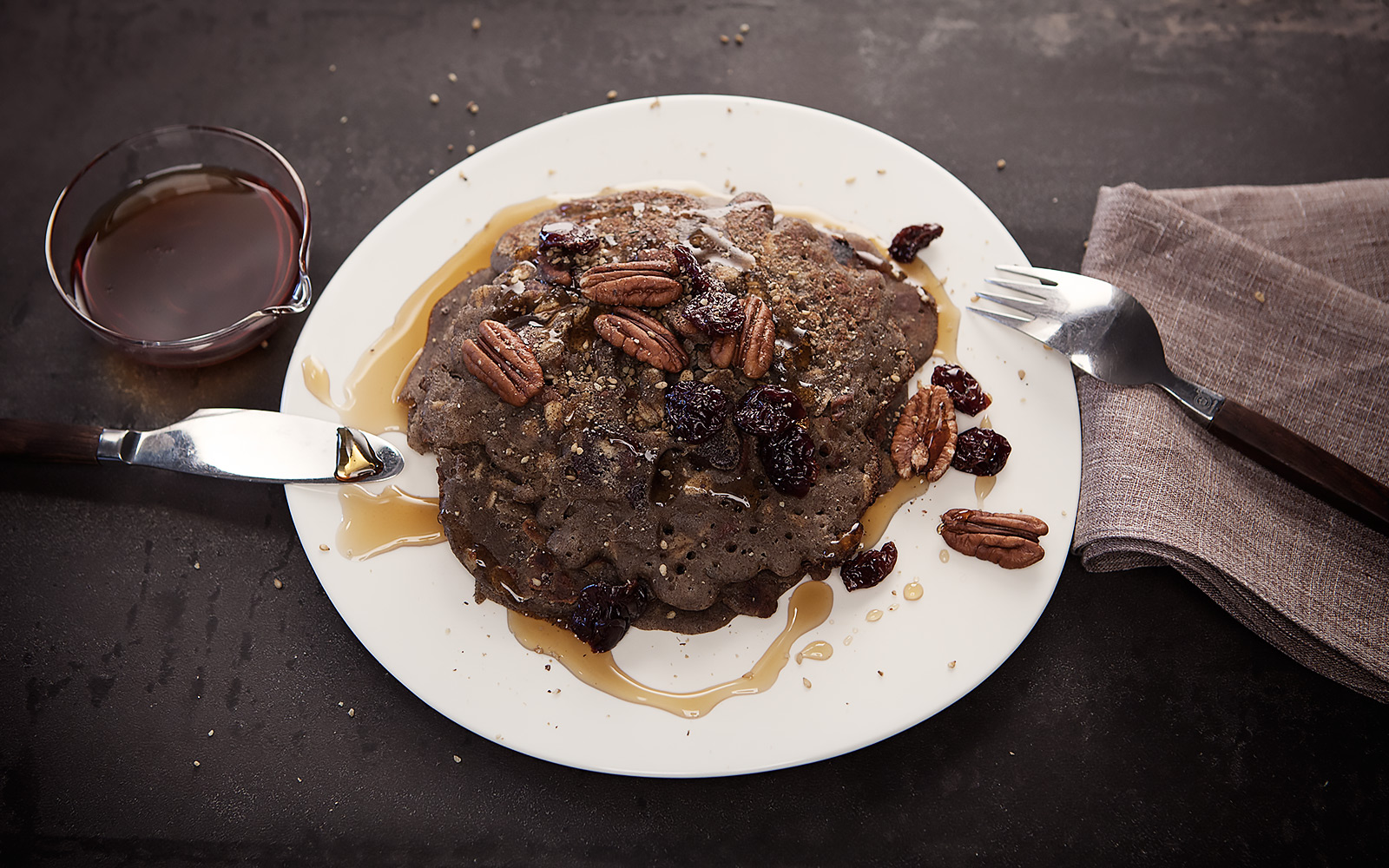The Maple Syrup season is here.
Somewhere between the beginning of warm days and the lingering of cold evenings and nights with frost the maple syrup season starts. The trees are giving away their sap, and it is sweet. The tapping of the maple sugar trees is created with a web of blue tubing tying them all together with loops that look like mini rollercoaster rides between the trees. The tubes gather the sap into collecting tanks at the edge of the woods. It is then transferred to the maple sugar cabins, where the fire is on and the sap is getting boiled, reduced and filtered into the maple syrup; the final product that you put on your food.
The sap that comes out of the trees is clear like a soft water consistency. It is sweet, but not very strong. The sugar content is depending on the weather, normally between late February to late March, which is when the temperature changes between day time and night time makes the sugar rise in the trees. Freezing temperatures and night and above 40 degrees during the day time is optimal for sap collecting.
At the maple syrup cabin, the sap is boiled and reduced. It needs to be kept at a very consistent temperature to not burn and evaporate too fast or not at all. Usually it is kept around 220 degrees over the course of several days, depending on how big a batch is being boiled.
40-45:1 is the reduction rate (sap to one gallon of syrup). The higher the reduction rate the denser and higher sugar content the finished syrup will have.
Before it is ready to be sold and served it is filtered through a filter press which takes out impurities, like left over bark and twig pieces. Sometimes there can be some sediment in the finished syrup. It is bottled while still hot so it is pure and it keeps for a long time because of the sugar content, but as soon as it is opened and exposed to air it should be refrigerated to keep.
To create pure maple syrup is a very time consuming process and the ratio to finished product is not very high, which is why highly mass-market commercial products often are blended with corn syrup and is often just high-fructose corn syrup with maple taste added. To get the health benefits and not just the sugar you need to get real 100% maples syrup!
Is maple syrup healthy or not?
The pure 100% maple syrup contains nutrients such as minerals calcium, iron, magnesium, phosphorus sodium, potassium and zinc and also contains vitamins such as thiamin, riboflavin, niacin, and B6 are also found in maple syrup. It contains anti-oxidants and can help boost the immune-system. It is even thought to increase male fertility because of the zinc content.
Now… it is a sweetener so more is not better! But it is a way to get some healthier sweetness when you need to add some to your food. A little maple syrup goes a long way. It is a lower glycemic index than sugar and if you put it on foods that are high in fiber it helps lower the absorption rate as well. Here we have buckwheat pancakes with nuts, but I also love a little maple syrup on my oats in the morning.
Real maple syrup is 2/3 sucrose (which is the same as real cane sugar) instead of fructose, which is what we need to avoid. Sucrose our bodies know how to deal with. We need a small amount of glucose in our blood-steam and we store glucose in our muscles to use for energy, and when in excess – we store sugar as fat.
This here is our local upstate farmer and friend Dan Finn collecting and making his Moonshine Maple Syrup.
Find him and his products at Bovina Valley Farm in the Catskills.



